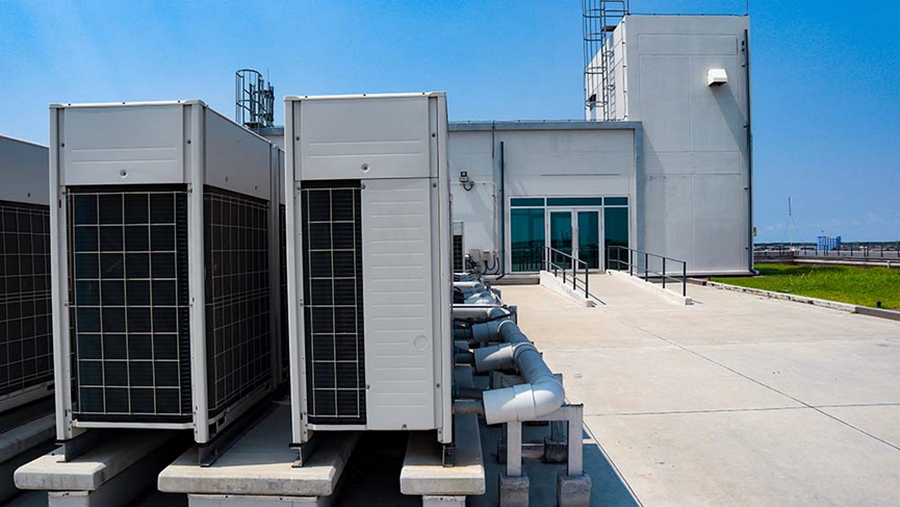Commercial HVAC systems are a crucial aspect of any building.
Temperature maintenance, humidity, air quality, and so much more is dependent on a well-functioning HVAC system.
If it fails, you can face an unfortunate loss in income, repairs, and clientele.
This makes it extremely important to keep these systems well-maintained and swinging throughout the year.
Due to their large scale, commercial heating and cooling systems can be complex to understand. Here is an easy breakdown of everything you need to know to keep commercial air conditioners in excellent condition!
· Choosing the Best Commercial Building HVAC Systems
· Key Components of Commercial HVAC Systems
· Types of Commercial HVAC Systems
· Make Any Commercial Cooling & Heating Equipment Smart
· How to Choose a Suitable Commercial HVAC System?
· Is Commercial Building HVAC System Maintenance Worth the Expense?
· How Do Commercial Air Conditioners Differ From Residential Systems?
Key Components of Commercial HVAC Systems
There are several different types of commercial heating and cooling systems, however, all of them have the following essential components:
1. Air Conditioning Unit
This part of a commercial HVAC system is responsible for lowering or raising the temperature inside a building by working with other subsystems.
2. Air Handler
The air handler blows out chilled or warmed air in the building and then returns the air back into the system. It has evaporator coils containing refrigerant and a blower.
3. Compressor
This is a very important part of an HVAC system. It changes the volume, density, and temperature of the refrigerant.
4. Condenser
The condenser receives the refrigerant from the compressor and turns it into liquid. This serves as the heat exchanger of the HVAC system. When cooling, it expels heat from your building, and when heating, it collects heat from the outdoors.
5. Thermal Expansion Valve
This cools down the liquid refrigerant to be pumped back into the coils.
6. Terminal Units
These units control the amount of air entering each zone through ducts. They also have air filters to keep air dirt and debris free.
7. Thermostat
It signals your HVAC system to produce cool or hot air based on the set temperature range. Commercial buildings may have several thermostats installed in various rooms.
8. Ductwork
Most commercial ducted units have a ductwork system that helps distribute conditioned air throughout the building.
9. Chillers
These are the cooling elements of a large commercial HVAC unit. Chillersremove heat from the liquid running through pipes in a building. Some HVAC units have air-cooled chillers, while others have water-cooled chillers.
Types of Commercial HVAC Systems
There are several options for choosing a commercial heating and cooling system. Each type has its advantages and disadvantages, so it’s important to consider your specific needs before deciding. It can get pretty confusing to jot down all the details, so it’s always good to discuss with a professional after narrowing down your options.
For more information, please visit: https://www.ejarn.com
Holtop have been devoting ourselves on industrial building air quality solution for decades of years from unit design, manufacturing, factory pre-assembly and testing, shipping, to site installation, commissioning, training and maintenance. We provide flexible options to meet the requirements of your manufacturing facility or process. We provide several HVAC products to meet customer’s requirement, please check the link to see our HRV products: Holtop Commercial ERVs/HRVs



















